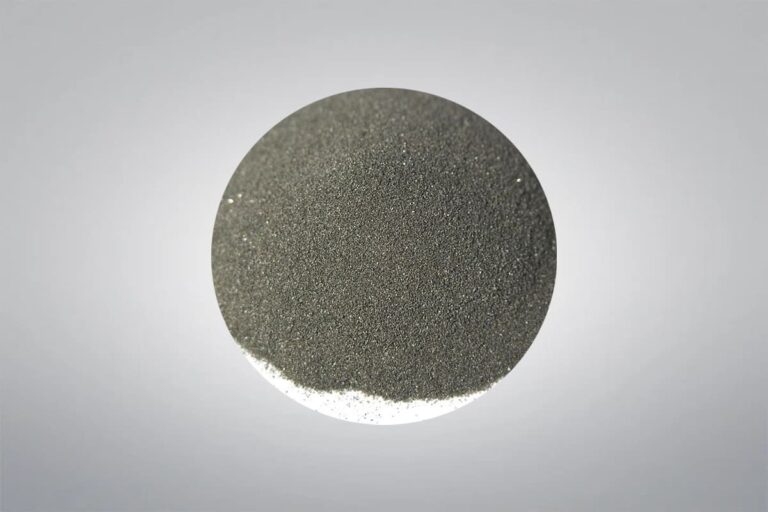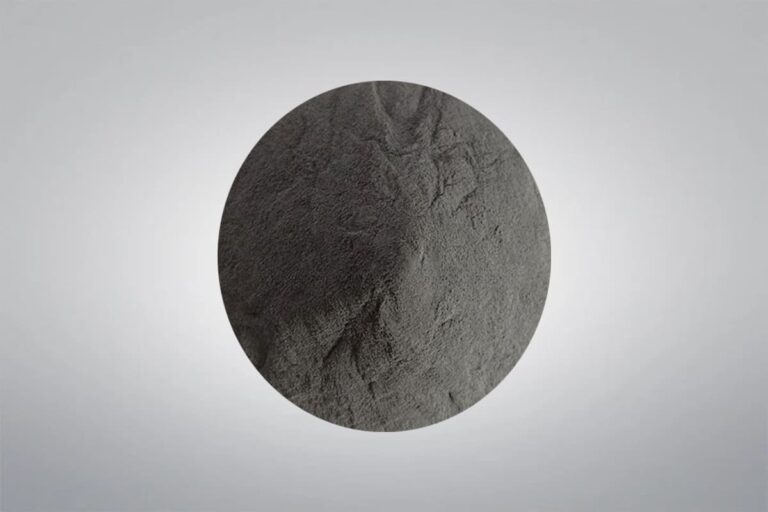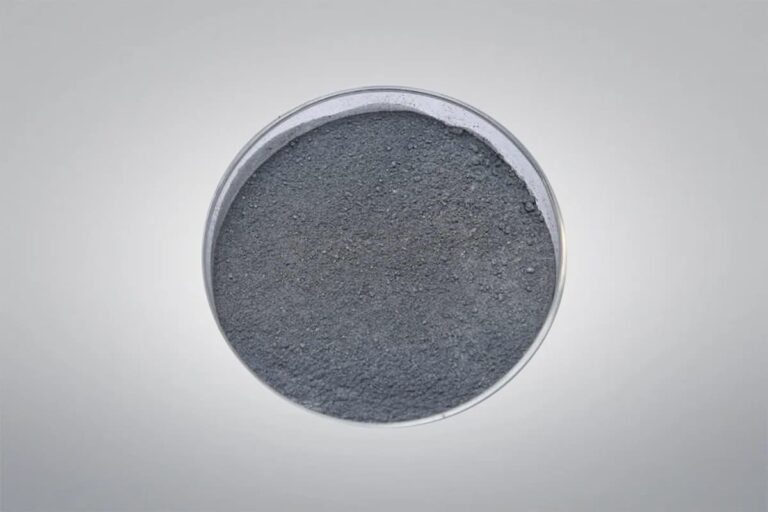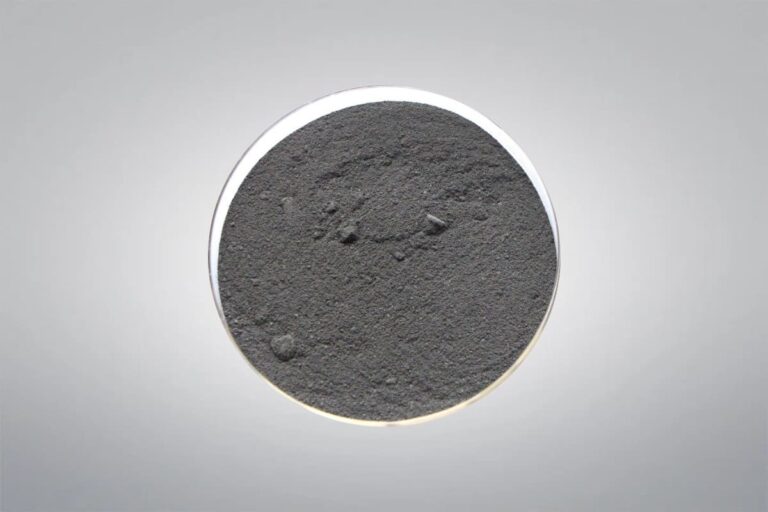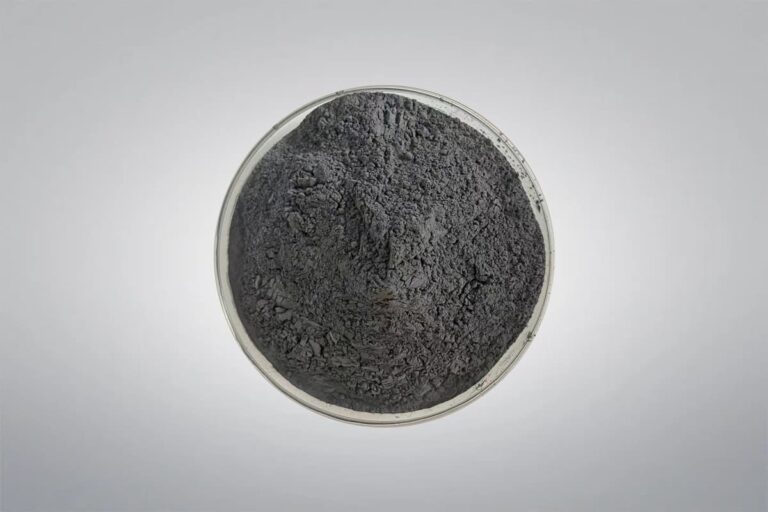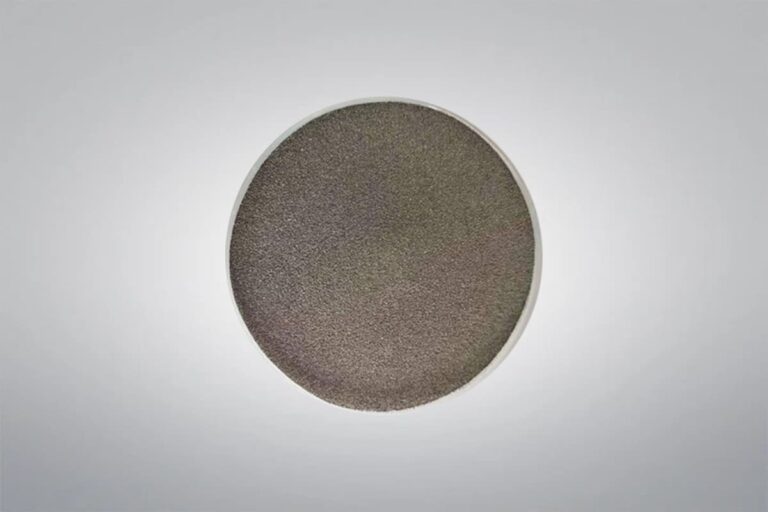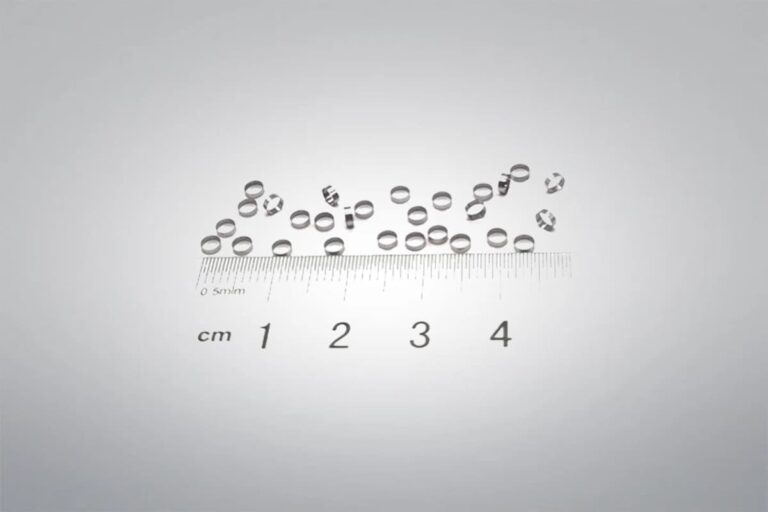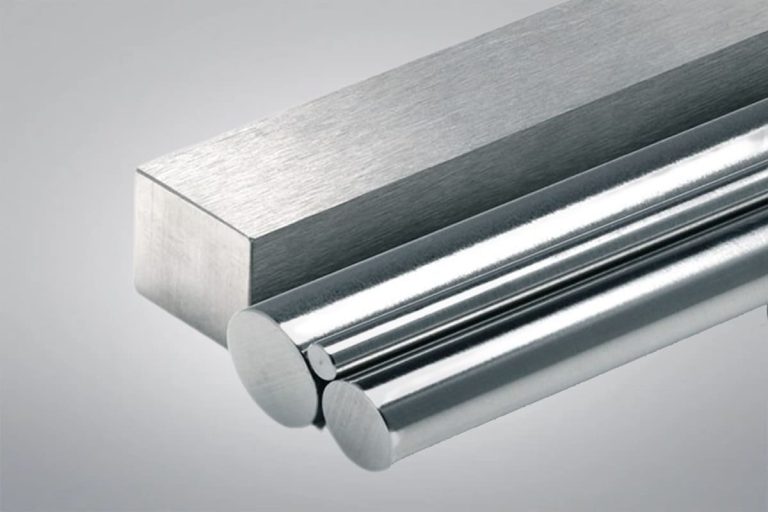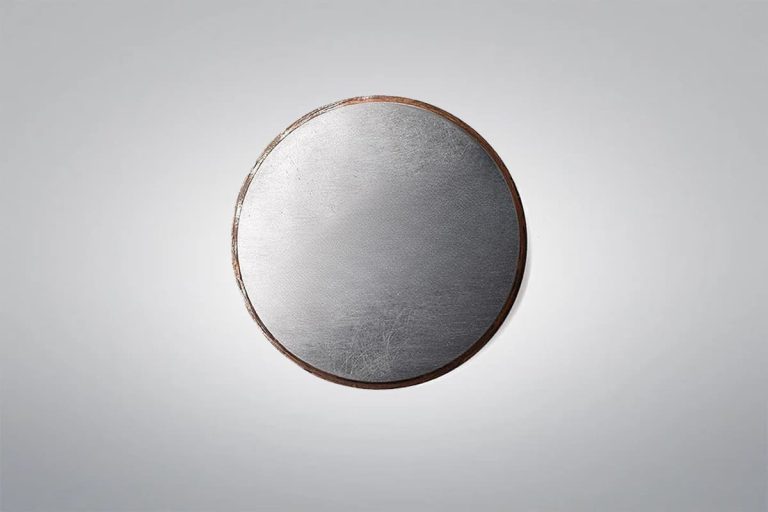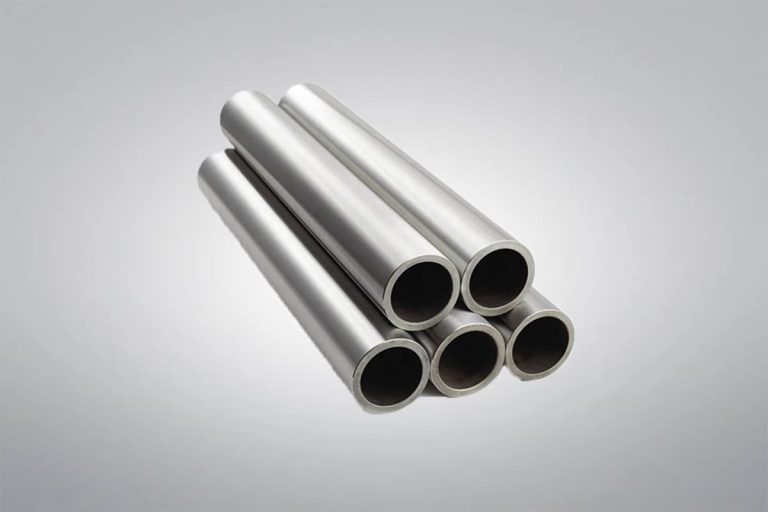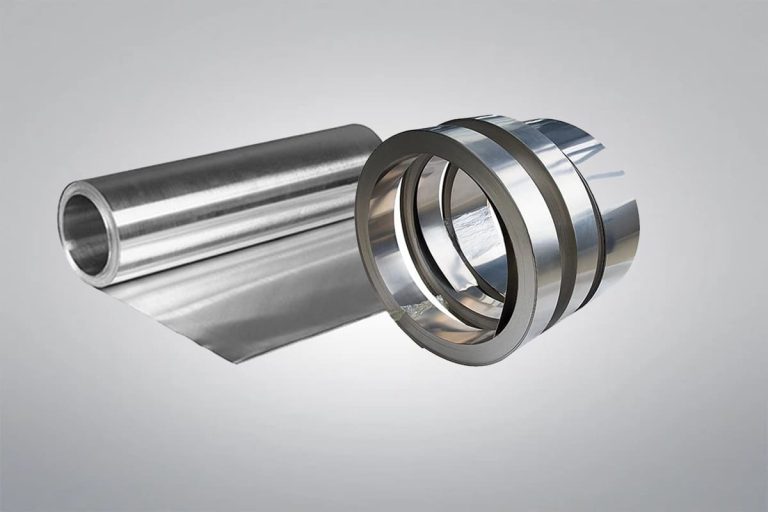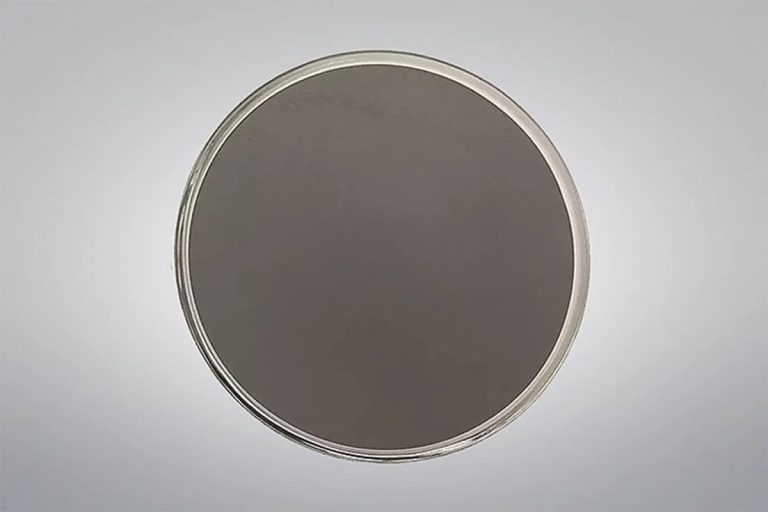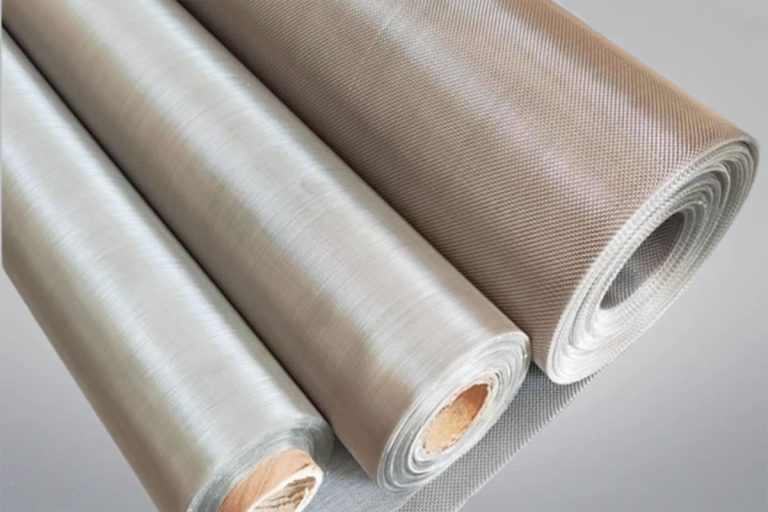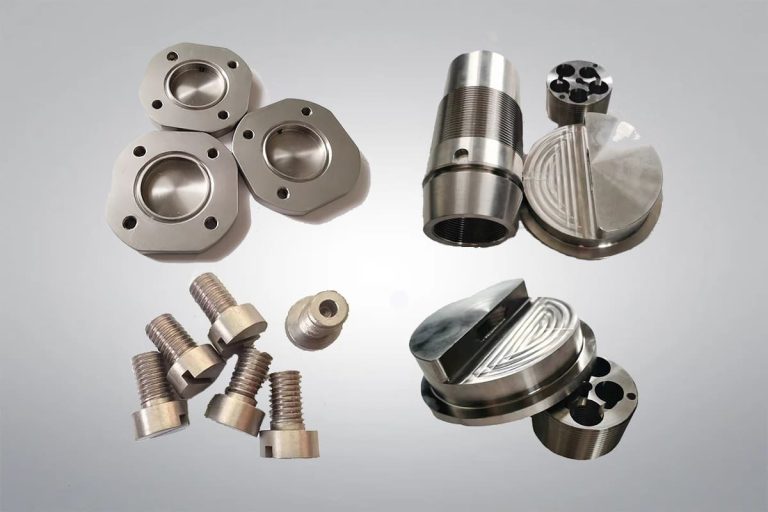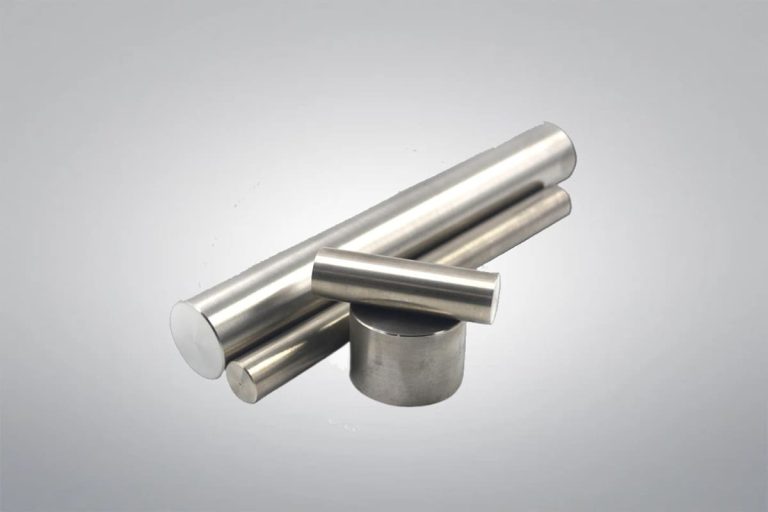Tantalum and Tantalum Alloys Comparison Table
Comparison of Tantalum and Tantalum Alloys
Does this work for you? If you need any further adjustments, just let me know!
| Material Name | Composition | UNS Grade | ASTM Standards | Density (g/cm³) | Melting Point (°C) | Tensile Strength (MPa) | Characteristics & Applications & Comparison |
| Unalloyed Tantalum | Tantalum (Ta) ≥ 99.95% | UNS R05400 | ASTM B365, ASTM B708, ASTM B521, | 16.6 | 3017 | 280-350 | Pure Tantalum offers excellent corrosion resistance, high melting point, good electrical conductivity, and thermal stability. It’s ideal for chemical processing, aerospace, high-temperature resistors, and electronics. While it has the best corrosion resistance, its mechanical strength is lower than alloys, making it perfect for highly corrosive environments. |
| Tantalum-Tungsten Alloy | Tantalum (Ta) + Tungsten (W) | UNS R05255 (90% Ta, 10% W) | 18.5 | 3020 | 500-700 | Tantalum-tungsten alloys provide enhanced strength, high-temperature stability, and improved wear resistance. Ideal for aerospace, military equipment, and nuclear technology, they outperform pure Tantalum in high-stress, high-temperature applications. | |
| Tantalum (Ta) + Tungsten (W) | UNS R05252 (97.5% Ta, 2.5% W) | 18.5 | 3020 | 500-700 | |||
| Ta5W, Ta20W, Customized | / | / | / | / | |||
| Tantalum-Niobium Alloy | Tantalum (Ta) + Niobium (Nb) | UNS R05240 (60% Ta, 40% Nb) | 16.5 | 3017 | 400-550 | Tantalum-niobium alloys offer excellent oxidation resistance and better thermal stability. Ideal for nuclear reactors, high-temperature chemical processing, and aerospace, they outperform pure Tantalum in extreme high-temperature and corrosive environments. |

